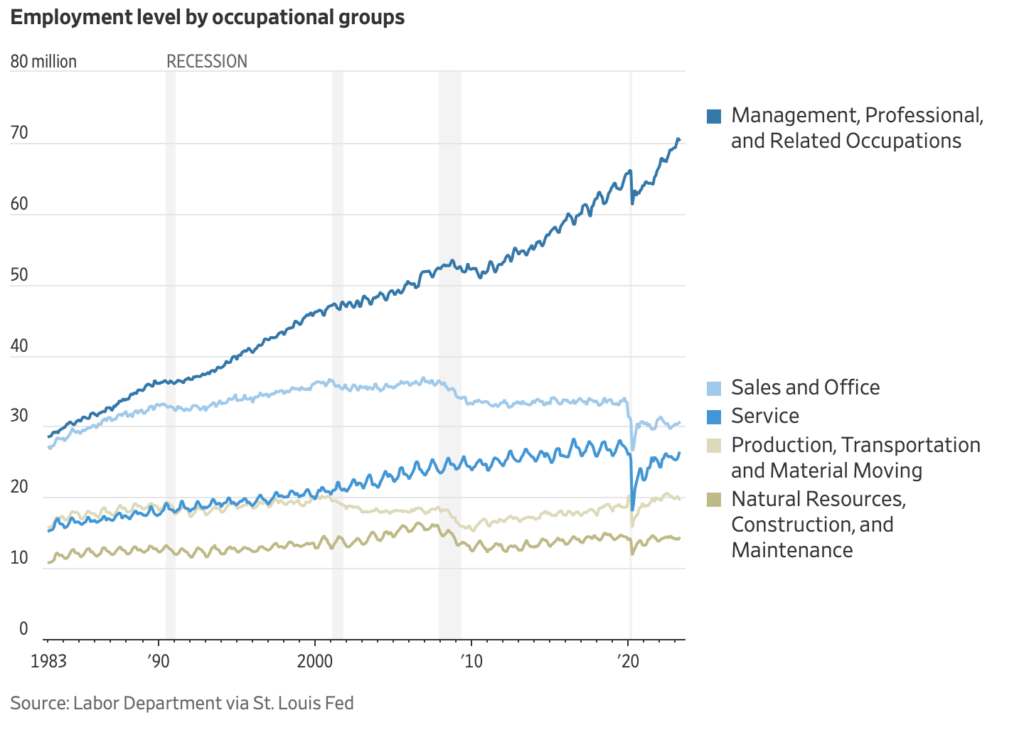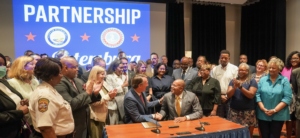by James C. Sherlock
Title IX of the Education Amendments of 1972 (Title IX) prohibits discrimination on the basis of sex in any education program or activity receiving federal financial assistance.
It covers employees as well as students.
There is clear work to do at UVa for its Title IX staff.
We’ll sample the problems.
Arts and Sciences. A look at the leadership team of the College and Graduate School of Arts and Sciences must especially be troubling to the Title IX staff, if indeed they examine it.
Dean Christa Acampora, her senior special assistant, her chief of staff, and Senior Associate Dean for Administration and Planning are all women.
All six of the Associate Deans are females:
- Associate Dean for Social Sciences (Professor)
- Associate Dean for Arts & Humanities (Professor)
- Associate Dean for the Sciences and Research (Professor)
- Associate Dean for Diversity, Equity and Inclusion
- Associate Dean for Undergraduate Academic Programs (Professor)
- Associate Dean for Graduate Education (Associate Professor)
Correct. In Arts and Sciences, a female Associate Professor is Dean for Graduate Education, not a professor.
Since A&S does its own hiring and promotions, it should be pretty easy for the Title IX office to find the people to interview about discrimination on the basis of sex in that department.
School of Education and Human Development. The Dean and four of the six members of her leadership team at the ed school are women.
One of the two males among those seven people in leadership positions in that school is the Associate Dean for Diversity, Equity and Inclusion. Which is almost amusing if you think about it.
School of Engineering and Applied Sciences. Compared to those two schools, the engineering school leadership is relatively balanced. It includes:
- a female Dean;
- a female Senior Executive Assistant;
- women hold four of the eight department chairs;
- women are two of the seven Associate Deans;
- a female Assistant Dean for Graduate Affairs;
- a female Assistant Dean for Undergraduate Affairs;
- a female Director of Operations, Engineering Systems and Environment;
- a female Director, Center for Applied Mathematics.
Bottom line. I believe in enforcement of all laws.
And I am not even a male professor trying to get promoted in UVa’s School of A&S or of Education.
Nor am I Rachel Spraker, Senior Director for Equity and Inclusive Excellence, who leads UVa’s employment equity team.
It will be interesting to see what role the Provost, the immediate past Dean of A&S, plays in this.
Title IX is there to be enforced. Perhaps the Title IX office at the federal Department of Education will be interested in enforcing it.
I’ll check.
















